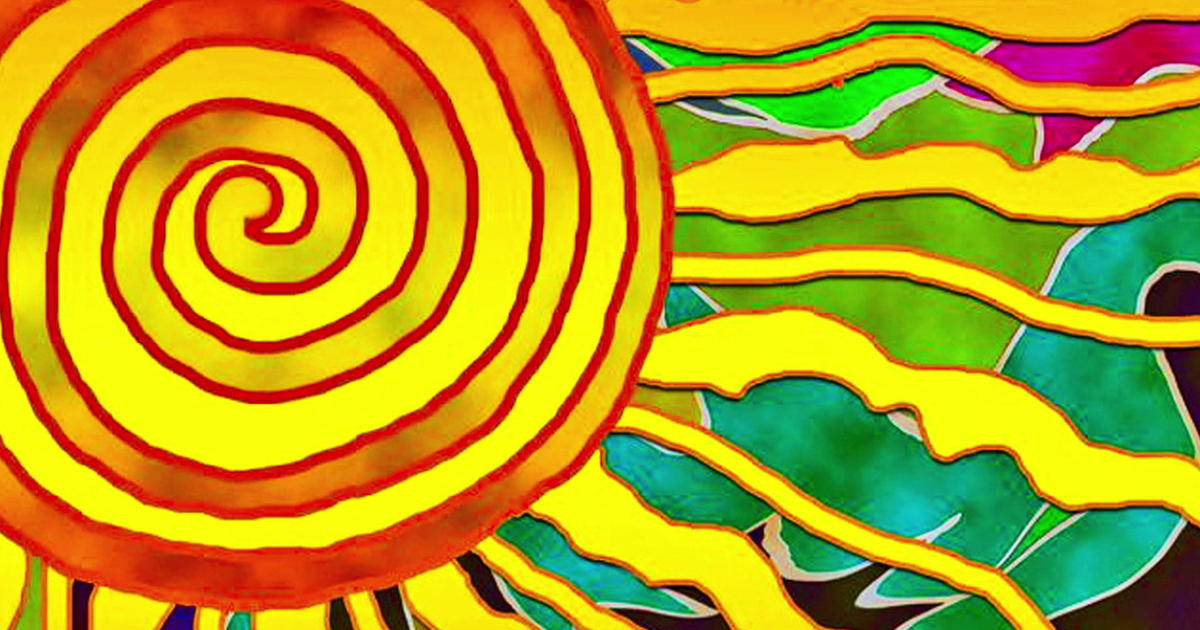Nature up close: Yellowstone black bears
Yellowstone National Park attracts millions of visitors each year to see its unique geysers and unparalleled wildlife. Bison and elk are the most common large animals, but everyone wants to see a bear. For that, the north end of the park, especially the area around Tower in the northeast, is a great area to look for black bears.
The northeast area of the park is also prime "habitat" for two of the best park rangers anywhere on Earth: Ed Stark and John Kerr. I've heard many visitors express their envy of Yellowstone Park rangers because they get to work in such beautiful surroundings. But every job has its drawbacks, and one of the biggest difficulties in Yellowstone is trying to keep humans away from wild animals.
We've watched many visitors stop their car in the middle of a heavily-traveled road, get out and run towards a one-ton male bison to take a photo. Not surprisingly, bison hurt more people in Yellowstone than any other animal. Yellowstone rangers have the unenviable job of trying to keep both humans and animals safe while assuring the humans enjoy a wonderful and unique sighting such as a wild black bear and its cubs.
Both Ed and John are masters of crowd control, especially when black bears are near a road. Watching them get a crowd of visitors' attention and letting them know what they would like them to do (not just for their safety, but for the safety of the animals) is a superb lesson for any aspiring teacher. They make sure the crowd has their attention and that they know what to do if a bear moves closer or wants to cross a road or a river. John and Ed not only know what the black bears are going to do, but even more miraculously, they know what the visitors will do. They know bears won't listen to them, but they have mastered the art of getting the attention of excited visitors who sometimes forget what is best for bears (and themselves). Watching the rangers manage a "bear jam" is like watching a well-directed movie in which some of the actors (bears) do not listen to a single word the directors are saying.
There are several female black bears that live in the Tower area in northeast Yellowstone. The Yellowstone River runs through their territory, carving a steep canyon that, combined with the fast current of the river, creates a formidable barrier for animals, especially ones with small babies who would be swept away in the current. Animals in Yellowstone accept man-made bridges as a natural part of their territory, and they know how to use them. They do not go all the way down to the river and risk their babies' lives, especially when the river is running high due to snow melt in the spring. They are wild, but they are not stupid. They use the bridge. And Ed and John know it.
You might think if you have watched one black bear and know its behavior you can predict the next black bear's actions. You would be wrong. Black bears have personalities that vary, just like humans. Ed and John know that, too. When Rosie and her cubs want to cross the bridge, the black bear knows the drill: Ed moves to one end of the bridge and John goes to the other end. As the bears move close to Ed's end, he keeps people back to make the bears feel safe enough to come out and cross the bridge. On the other end, John has already talked to the people and made sure they know what to do when he gives the signal. As the bears reach the end of the bridge, John tells the visitors to form a line on the road a decent distance away, timing it in such a way that the bears get off the bridge but don't continue on an unsafe road full of cars, moving quickly off the road to the safety of the trees.
Everyone wins. The people get to see the bears and the bears cross the river safely.
I sometimes wonder if the bears have learned to recognize John and Ed. I believe they do. I can almost hear the females tell the cubs, "It's okay, Ed and John are there, so let's make a run for while we have their protection."
Both Ed and John retired from careers not related to protecting animals. I don't know if they just got bored with retirement or realized they still had more they were willing to contribute. I am so thankful they do. I hope they both live to 100 and continue to protect the wonderland that is Yellowstone. A sincere thank you to them both!
Judy Lehmberg is a former college biology teacher who now shoots nature videos.
For more info:
- Judy Lehmberg (Official site)
- Judy Lehmberg's YouTube Channel
To watch extended "Sunday Morning" Nature videos click here!




